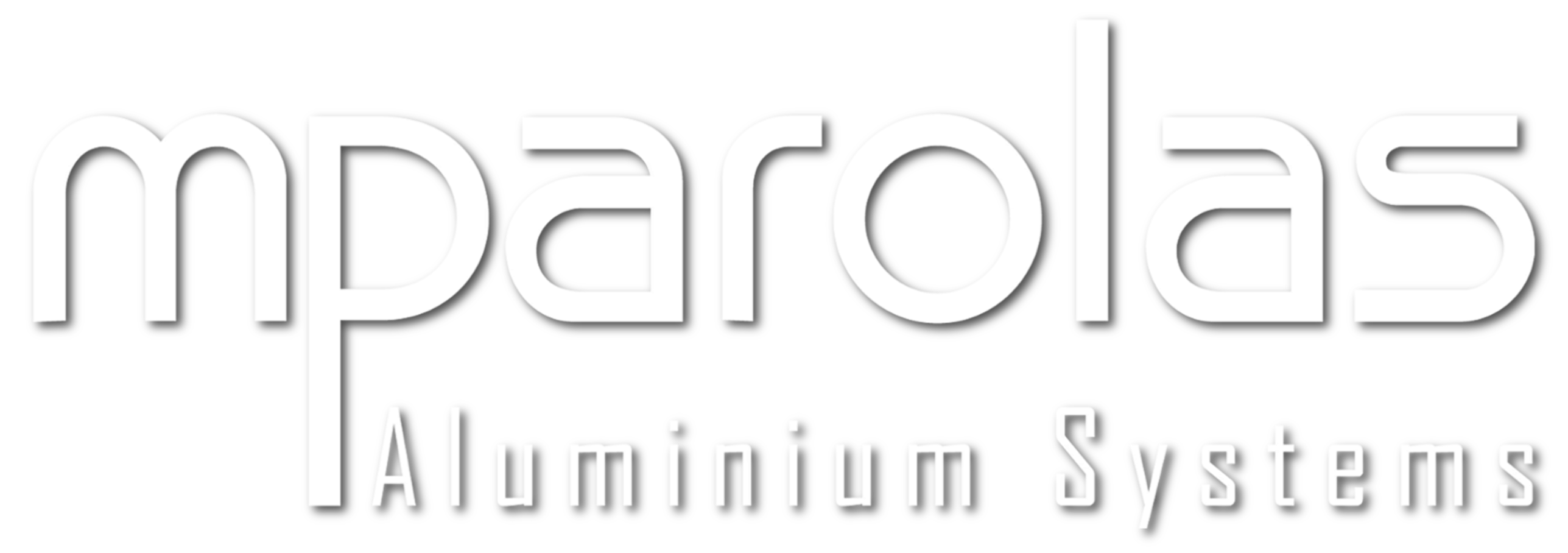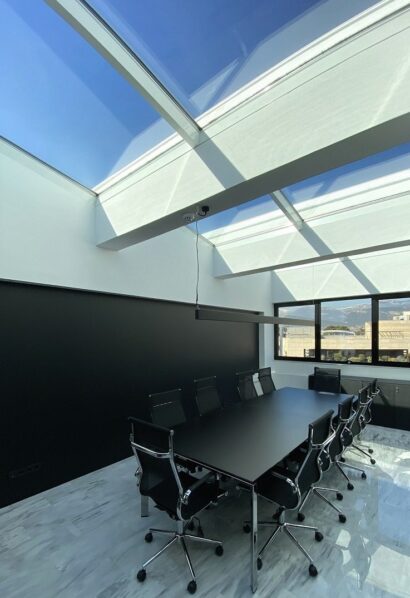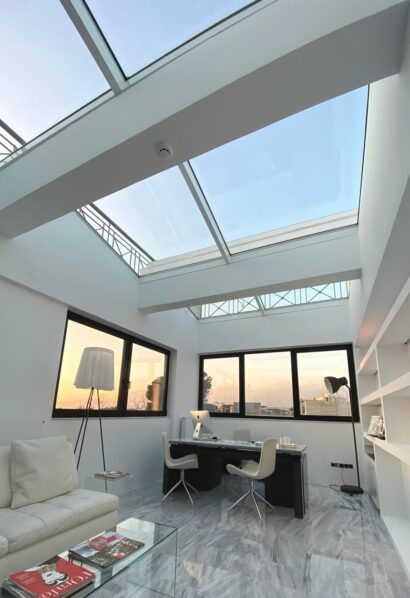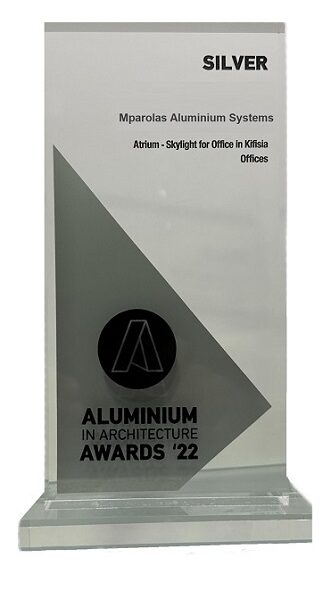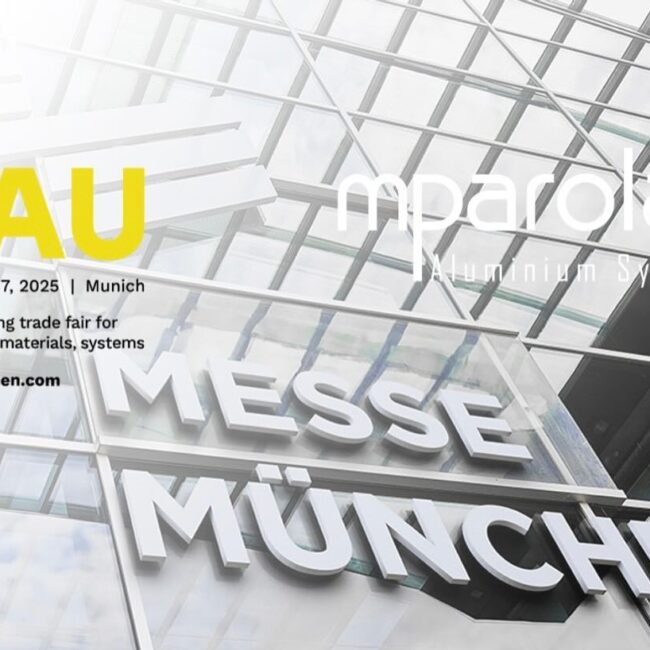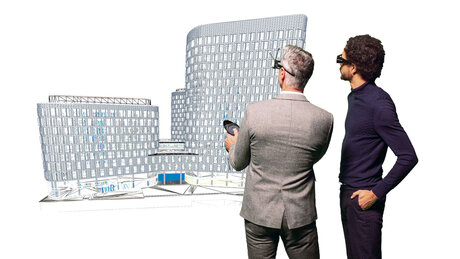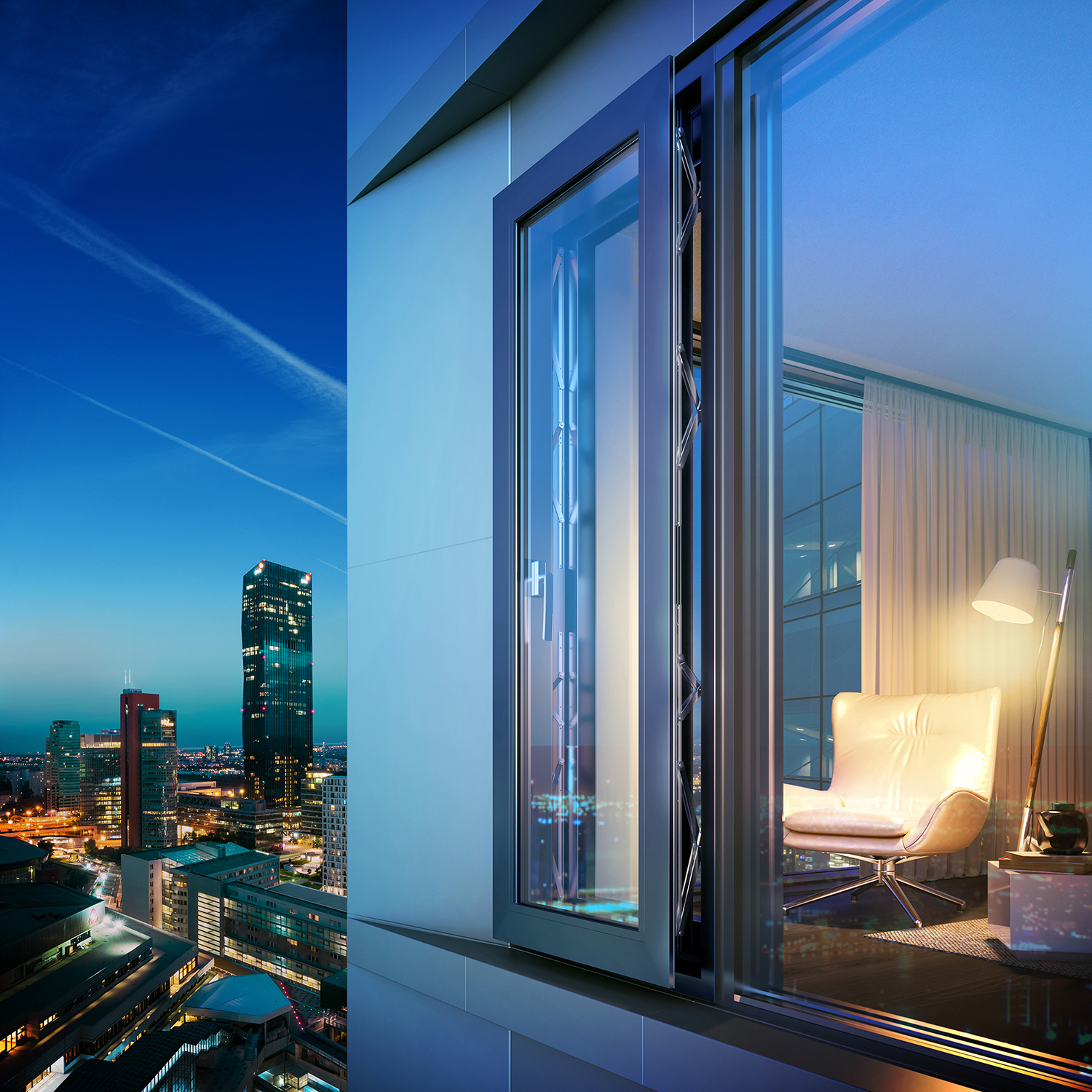Projects
Each project is a new challenge for us that sets the bar higher, aiming for pleasure and excellent cooperation with the client.
Construction
Quality is our priority, driven by expertise, advanced machinery, and premium materials. We deliver high-standard constructions to our export partners.
CAD / CAM
Utilizing our expert technical team and the latest software, such as FP Pro and Orgadata, we provide clients with detailed project design and analysis, ensuring solutions that perfectly meet their needs.
Residential
We offer a wide range of aluminium door and window fittings, allowing customers to achieve the perfect balance of functionality, energy efficiency, and style for a comfortable living space.
Apartment
We provide modern aluminium frame solutions for new apartments and renovations.
Buildings
Our ability to tackle large project challenges has made us a trusted partner for leading construction companies.
